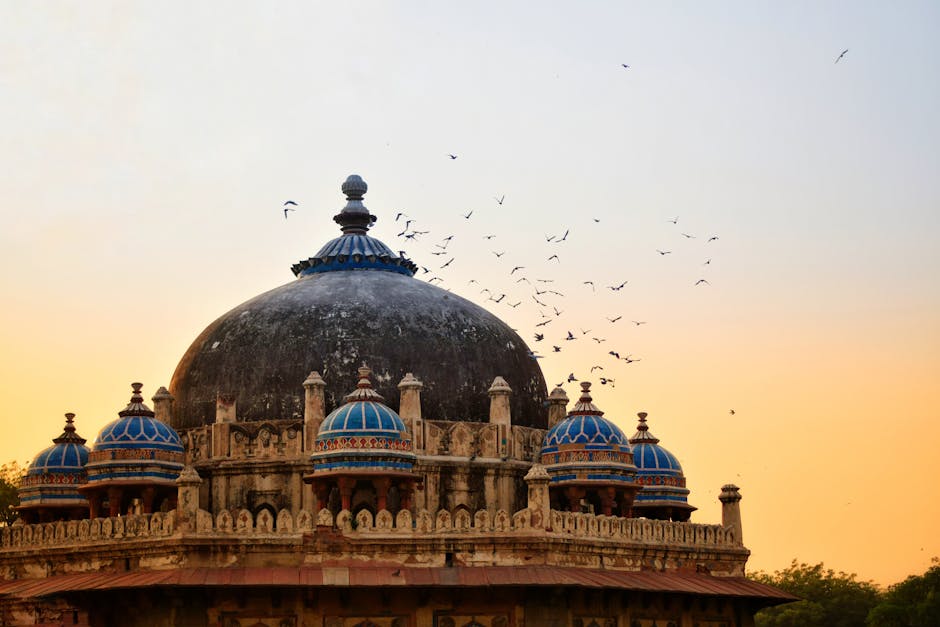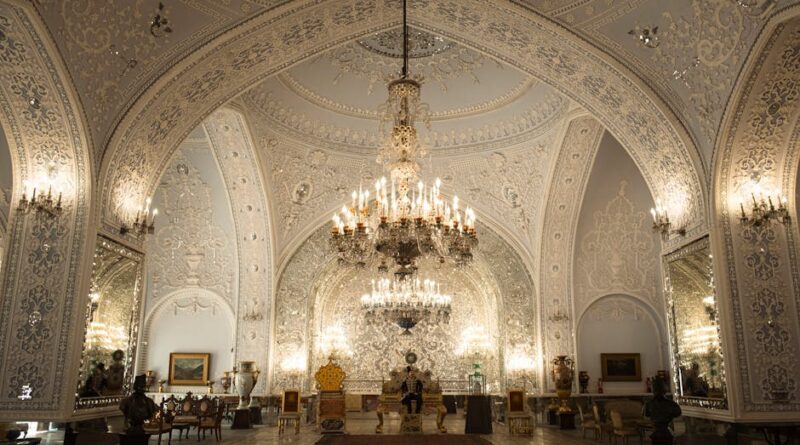East Timor’s Rich Oral History Traditions
Did you know that East Timor has a vibrant oral history that stretches back centuries? This small island nation, nestled between Indonesia and Australia, is home to a rich tapestry of stories, legends, and cultural practices passed down through generations. These oral traditions are more than just tales; they are a crucial part of East Timorese identity.
What Makes Oral History Important in East Timor?

Oral history is the practice of sharing stories verbally. In East Timor, this tradition serves several essential functions:
- Preserving culture: Many stories reflect the nations history and values.
- Building community: Sharing tales creates bonds among people.
- Educating young generations: Children learn life lessons through storytelling.
These oral histories help keep the culture alive, especially in a nation where written records were often scarce due to colonialism and conflict.
How Are Stories Told in East Timor?

Storytelling in East Timor often takes place during community gatherings, celebrations, or family events. it’s a lively activity that encourages participation. Elders, known as ‘Loro,’ play a vital role. They are the keepers of these stories and convey them with passion.
During storytelling, you might hear:
- Poetry: Rhythmic and melodic, these pieces often recount historical events.
- Legends: Tales of heroes and mythical creatures that reflect cultural values.
- Fables: Short stories with moral lessons that teach right from wrong.
As Loro recount tales, listeners might sing, clap, or respond. This interaction makes the experience dynamic and engaging.
What Types of Stories Are Common?

The stories of East Timor are as diverse as it’s people. Here are some common types:
- Creation myths: These explain how the world came to be and usually involve deities or natural elements.
- Historical narratives: These recount significant events, like resistance against colonization.
- Family stories: These share personal experiences and highlight family values.
Many stories emphasize bravery, respect for nature, and the importance of community, showcasing the core values of East Timorese society.
How Has History Shaped These Oral Traditions?

East Timor’s history is complex, marked by colonization and conflict. These experiences heavily influenced it’s oral storytelling traditions.
For example, during the Indonesian occupation from 1975 to 1999, many stories became a way to resist oppression. People used storytelling to keep their culture alive and to share their struggles. One popular narrative is that of the Resistance Heroes, which honors those who fought for freedom.
As Dr. Anwar H. Ali, a cultural historian, notes, Oral history is a form of resistance. It preserves identity in the face of adversity. This resonates deeply in East Timor, where stories of struggle and resilience continue to inspire the younger generation.
What Role Do Festivals Play in Sharing Oral History?
Festivals are vibrant celebrations in East Timor that bring oral history to life. Events like the Kailaki festival showcase traditional music, dance, and storytelling.
During such festivals, community members come together to:
- Honor ancestors: Many stories pay tribute to those who came before.
- Celebrate cultural identity: This is an opportunity to express pride in their heritage.
- Pass on traditions: Elders share stories with the younger generation, ensuring continuity.
These gatherings are crucial. They keep the oral history alive and allow new generations to engage with their cultural roots.
How Are Modern Technologies Impacting Oral Traditions?
In a world dominated by technology, East Timor faces both challenges and opportunities for it’s oral traditions. The rise of social media and mobile phones allows for greater sharing but can dilute the traditional storytelling experience.
For example, some storytellers now record their performances and share them online. This means that:
- More people can access stories: Anyone with internet access can connect with East Timorese culture.
- Stories can reach a global audience: Increasing awareness about East Timors rich heritage.
- Young people can engage differently: They may prefer video stories over live storytelling.
While technology can help preserve oral traditions, it is essential to balance it with live storytelling. This ensures that the cultural context and communal spirit remain intact.
What Can You Do to Support East Timors Oral History?
Supporting East Timor’s oral traditions can be as simple as sharing stories. Here are a few ways to get involved:
- Learn about East Timor: Read books or watch documentaries to understand it’s culture better.
- Share stories: Encourage storytelling in your community, drawing inspiration from East Timor.
- Support local artists: Buy works from East Timorese storytellers and artists.
By doing these things, you help keep the oral history tradition alive, not just in East Timor but around the world.
Conclusion: Why Oral History Matters
East Timors oral history traditions are a treasure trove of culture, wisdom, and identity. They teach us about resilience, community, and the need to preserve our stories. By understanding and appreciating these traditions, we contribute to a global tapestry of human experience.
The next time you hear a story, consider it’s power. Stories shape our lives and connect us to our roots. So, lets celebrate the rich oral history of East Timor and ensure it continues to thrive for future generations.
For more on East Timors cultural heritage, visit [UNESCOs official page](https://en.unesco.org/) or check out our related post on [East Timor’s Traditional Music](https://example.com/east-timor-traditional-music).



